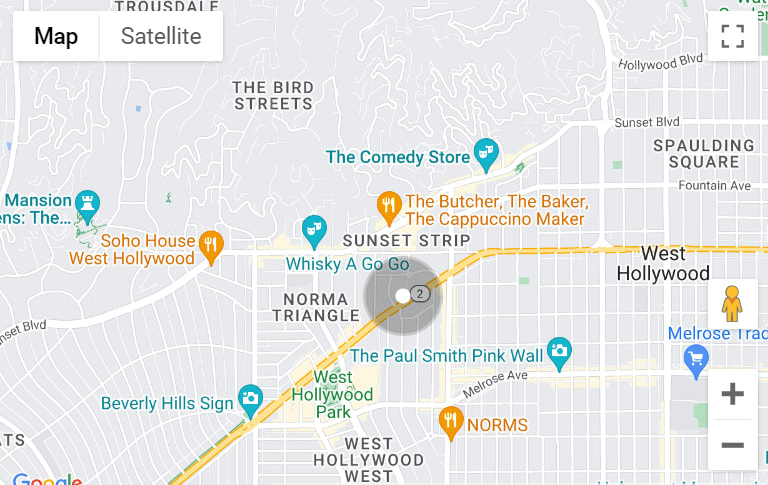Understanding When to Use Price Per Square Foot by Anthony Young, Chief Appraiser
Like many agents, sellers and buyers, I tend to weigh price per square foot very heavily. However, that's not the only metric to look at. Another one I use, very simply put, is ..."how much is someone willing to pay for the house?"
Here's Andrew Young's explanation about how to value a house:
One of the most overused phrases in real estate? Price per square foot. But here’s the real deal: it’s not the golden rule some make it out to be. If you’re going to rely on it, you better be comparing apples to apples—or in this case, houses to exactly the same kind of houses. Let me break it down for you.
Price Per Square Foot: A Piece of the Puzzle, Not the Whole Picture
When you’re throwing around price per square foot, you’re looking at way more than just the size of the house. You’re also pulling in things like lot size, lot usability, views, condition, upgrades, and more. And that’s not all. Economies of scale can change everything.
For example, the bigger the house, the lower the price per square foot tends to be. Why? Because when you add square footage, you’re often adding space that doesn’t cost as much to build (like extra bedrooms or living areas). But if the house is smaller, the price per square foot tends to skyrocket because buyers are paying for the same essentials in a smaller footprint.
Contributory Value of House Size: Only Part of the Equation
Here’s something most people miss: the value of the house size itself isn’t just a simple multiplication of the price per square foot. A house might be 3,000 square feet, but you can’t just slap on a "per square foot" price and call it a day. The value contributed by that size is only a portion of the overall price because the market adjusts for a bunch of other factors. Buyers don’t look at it in isolation—they look at the full package: location, lot, amenities, and even how functional that space is.
So, when someone comes to me and says, “We’ve got a 3,000-square-foot house, but all the comps are for 2,000-square-foot homes,” I immediately throw up a red flag. These are totally different buyers looking for totally different things, and the market adjusts accordingly. It’s a classic example of economies of scale at work. Bigger houses will have a lower price per square foot because of the extra space that doesn’t contribute as much value, while smaller homes pack more value per foot.
When Should You Even Use Price Per Square Foot?
If you’re chatting with friends or casually talking about the market, sure—go ahead and throw around price per square foot. It’s simple, it’s quick, and it gives a rough idea. But when you’re setting a listing price or making an offer? Be careful. Leaning on that metric too much can get you in trouble when it comes to appraisal time. It’s better to dive into comparable sales, market trends, and condition adjustments rather than sticking to a number that might not tell the whole story.
Pro Tip
When you’re in the trenches, analyzing a deal, make sure you’re comparing apples to apples. Don’t get trapped in the “price per square foot” zone as your only guide—it’s just one small piece of a much bigger puzzle. Always look at condition, upgrades, neighborhood trends, and lot utility. It’s these other factors that will give you a clearer picture of a property’s true value.
Here is link to his video on this topic: https://www.instagram.com/reel/C3nopiRv9Zf/
Got questions? Call Andrew directly at 925-999-0144. His team covers the greater San Francisco Bay Area and surrounding counties. It's a good way get up to speed and confident in making data-backed decisions.
|
